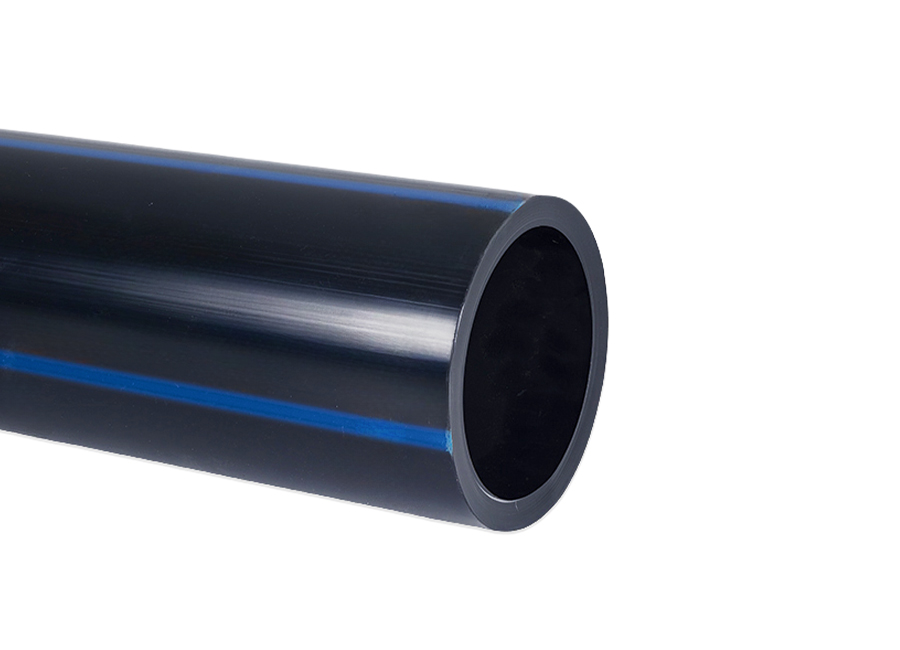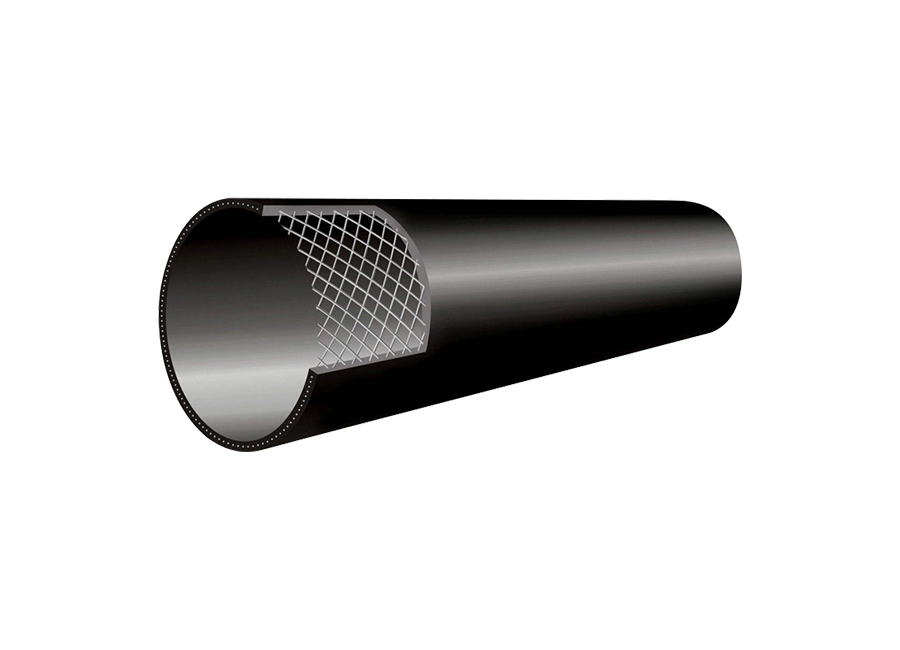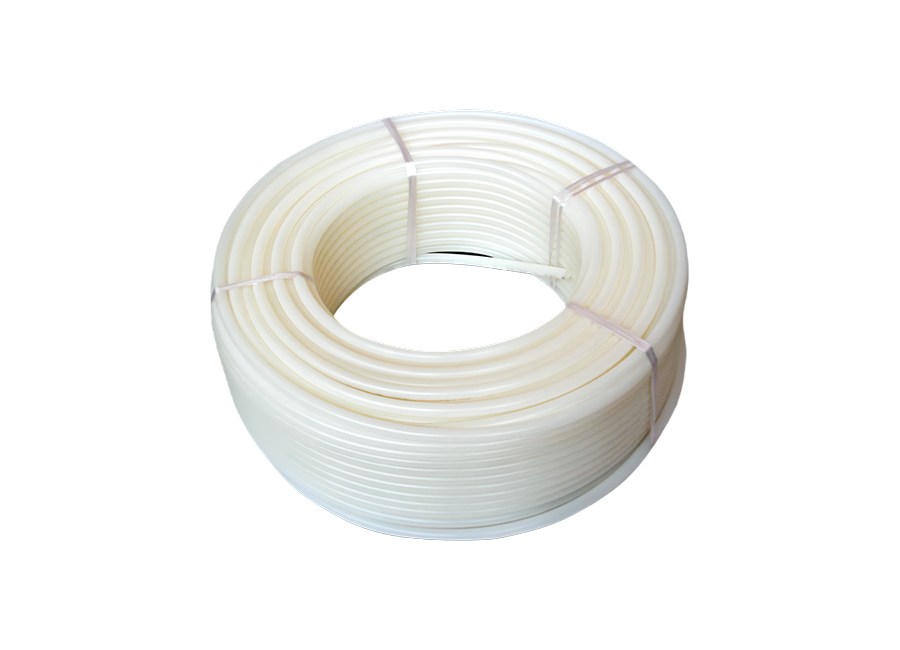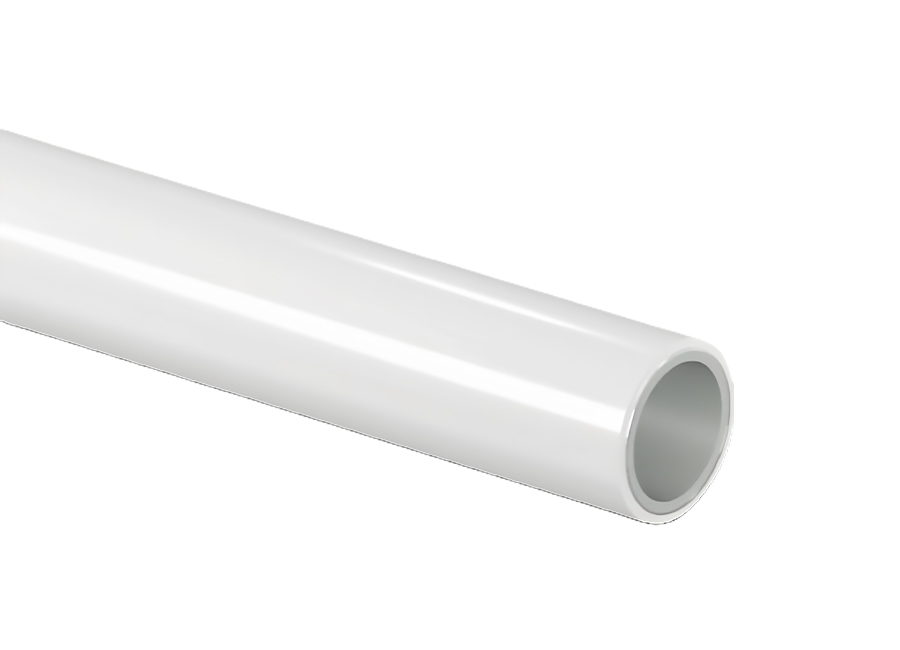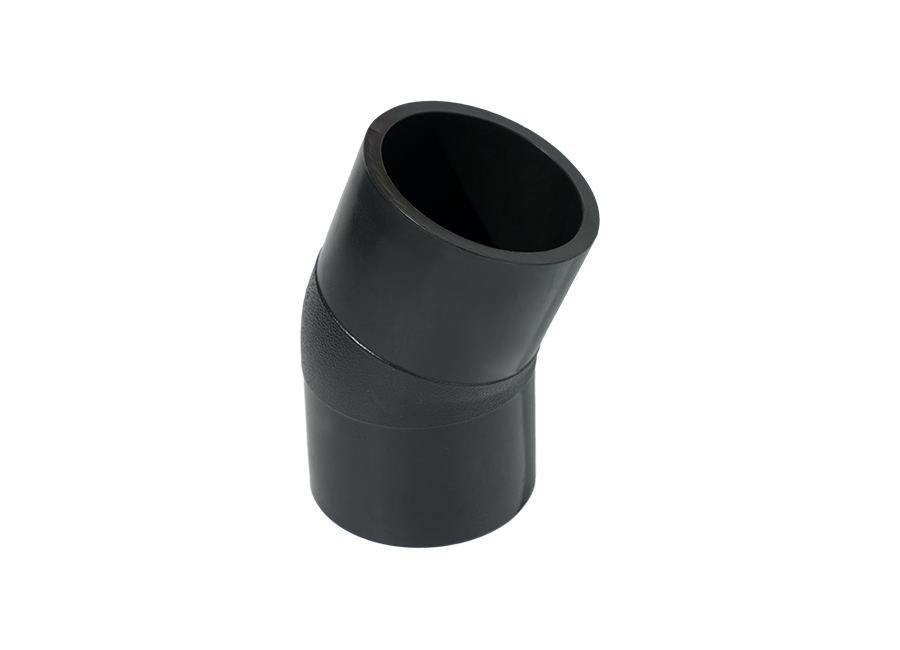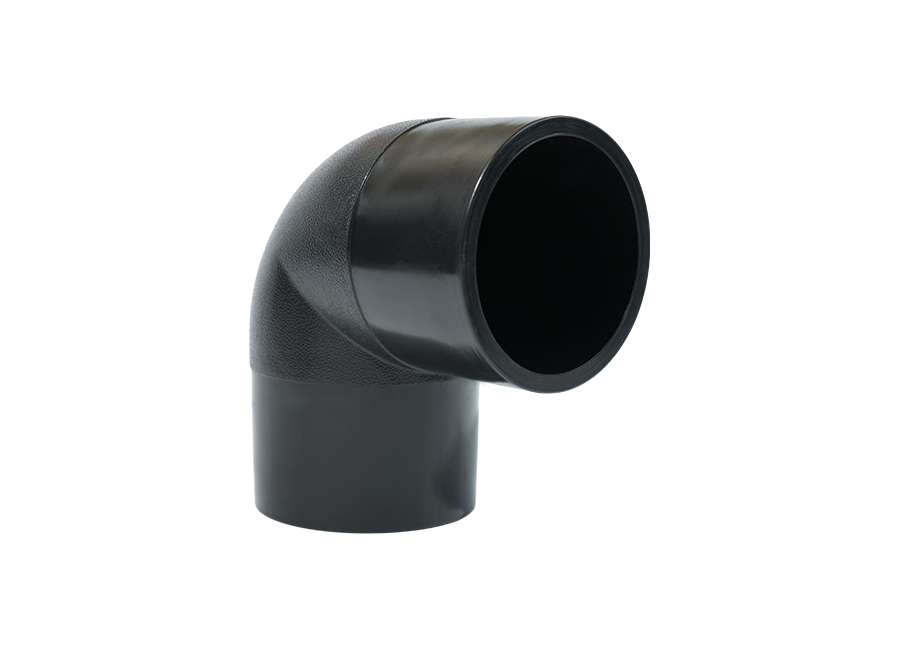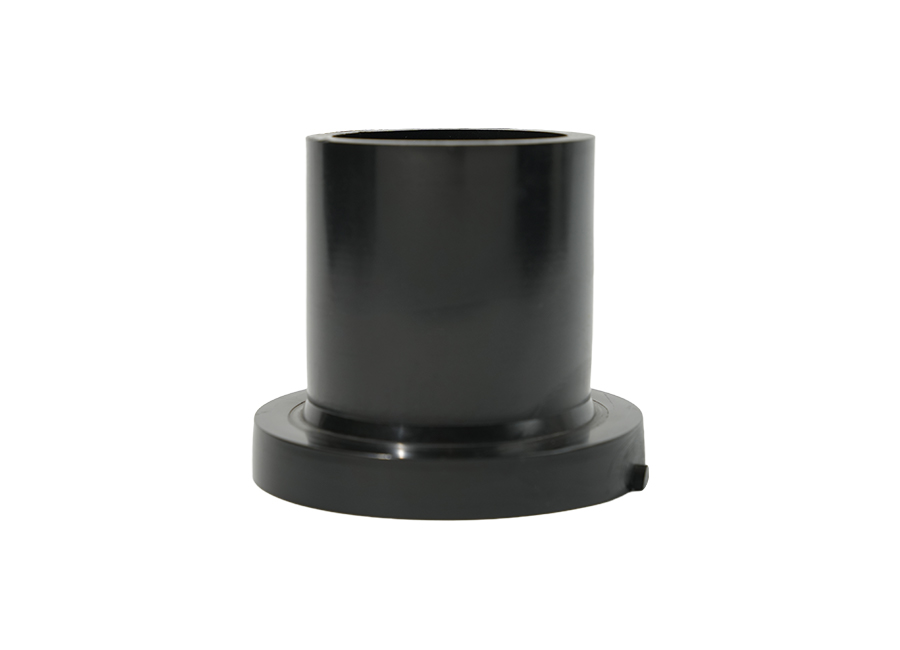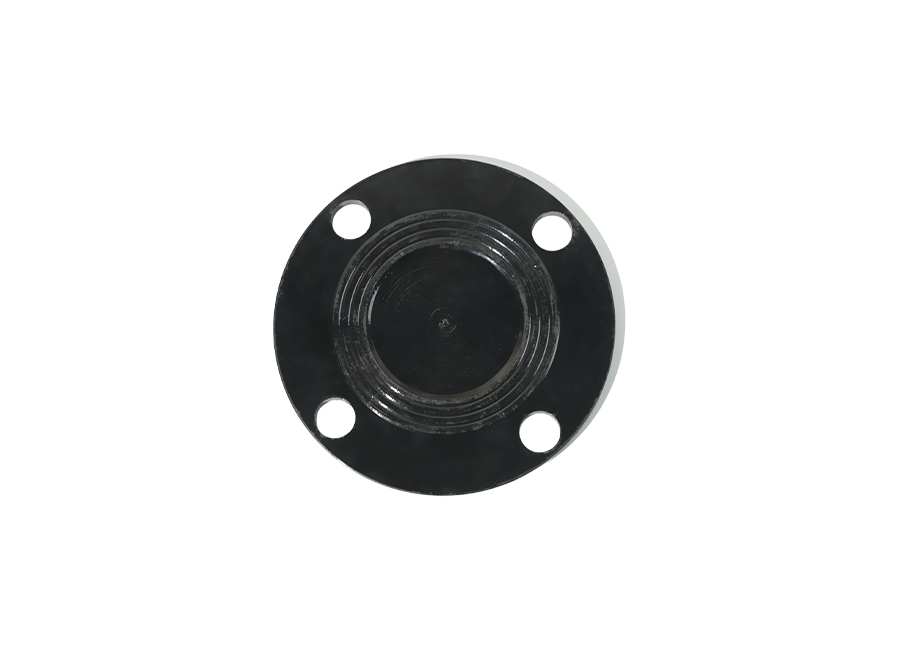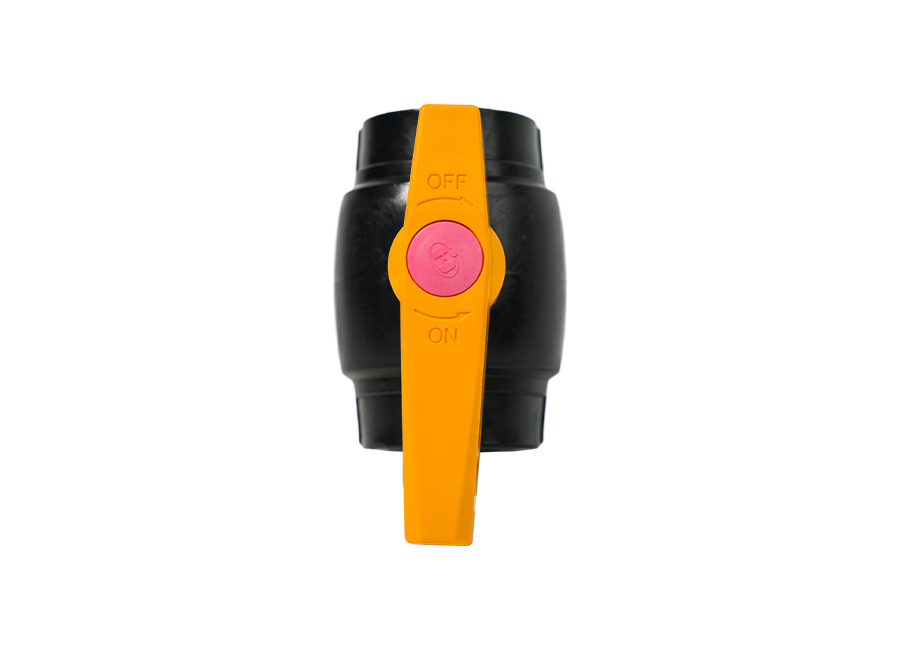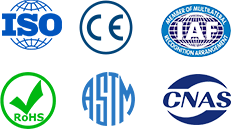1. Material characteristics and durability
The molecular structure advantage of PE pipe is the fundamental guarantee of its durability. High-density polyethylene (HDPE) material is polymerized from ethylene monomers. Its linear molecular chain structure is regular and its crystallinity can reach 60%-80%. This structure gives PE pipe excellent intrinsic stability. Compared with metal pipes, PE pipes will not undergo electrochemical corrosion, and chemicals in the soil are difficult to destroy its molecular structure, which is the basis for its long-term performance. Experimental data show that the theoretical life of pipes produced from high-quality PE raw materials can reach more than 50 years under normal use conditions, far exceeding the 20-30-year service life of traditional metal pipes.
Corrosion resistance is the core advantage of PE pipes that distinguishes it from metal pipes. As a non-polar material, polyethylene shows excellent resistance to most chemical media such as acids, alkalis, and salts, and is particularly suitable for conveying corrosive fluids such as sewage and industrial wastewater. Studies have shown that PE pipes are almost unaffected in a wide range of pH values from 2 to 12, and their corrosion resistance is more than 5 times that of steel pipes. They perform outstandingly in the transportation of corrosive media in industries such as chemical and petroleum. This characteristic enables PE pipes to avoid common pitting and crevice corrosion problems of metal pipes in buried applications, greatly extending the maintenance-free cycle of the system. The wear resistance allows PE pipes to maintain a long service life under special working conditions. Mud transportation tests show that the wear resistance of PE pipes is 4 times that of steel pipes, and they perform well in the transportation of fluids containing solid particles. This characteristic stems from the sliding friction mechanism of polyethylene molecular chains - when particles come into contact with the pipe wall, the PE molecular chains will undergo a slight displacement rather than breakage, forming a "self-lubricating" effect. Actual engineering cases show that in slurry transportation systems, the service life of PE pipes can reach 3-5 times that of cast iron pipes, greatly reducing the replacement frequency and maintenance costs.
Flexibility and impact resistance structurally guarantee the long-term integrity of PE pipes. The elongation at break of PE pipe is usually greater than 500%, and the bending radius can be as small as 20-25 times the pipe diameter. This feature enables it to adapt to foundation deformation without breaking. At the same time, the low-temperature brittle temperature of PE pipe is as low as -60℃, and it still maintains good impact resistance in winter in cold areas, avoiding the low-temperature brittle cracking problem of traditional pipes.
2. Key factors affecting durability
The quality of raw materials is the primary factor that determines the durability of PE pipes. The performance differences of PE pipes on the market are largely due to the purity of raw materials-the anti-aging performance of pipes produced from new materials is significantly better than that of products with recycled materials. Professional testing has found that the oxidation induction time of high-quality PE raw materials (a key indicator for evaluating the thermal oxidation resistance of materials) can reach more than 30 minutes, while pipes mixed with recycled materials are often less than 15 minutes, which will directly affect the anti-aging ability in long-term use. In addition, the performance of different PE resin models also varies. PE100 grade raw materials have a 20-30% improvement over PE80 in terms of long-term hydrostatic strength and resistance to slow crack growth.
Ultraviolet radiation is the main cause of aging of PE pipes in exposed environments. The UV component in sunlight can cause the polyethylene molecular chain to break, resulting in cracks and brittleness on the surface of the pipe, and the mechanical properties will gradually be lost. Tests show that unprotected PE pipes directly exposed to sunlight will show obvious deterioration within 2-3 years, while similar pipes buried or shaded can maintain stable performance for decades. This characteristic determines that PE pipes must be added with ultraviolet stabilizers such as carbon black (usually requiring carbon black content ≥ 2%) in open-mounted applications, or take external coating protection measures.
Temperature fluctuations have a cumulative effect on the life of PE pipes. Although PE pipes can maintain stable performance in the range of -60℃ to 60℃, repeated thermal expansion and contraction will cause material fatigue. When the operating temperature exceeds 40℃, the service life of PE pipes will be shortened by about 15-20% for every 10℃ increase. In extreme cases, high temperatures (>70℃) will cause PE pipes to soften and deform, completely losing their pressure-bearing capacity. Therefore, in areas with large temperature differences or where the temperature of the conveying medium fluctuates, special consideration should be given to the thermal fatigue characteristics of PE pipes, and if necessary, temperature-resistant modified varieties should be selected or the design pressure should be reduced.
Chemical media erosion may limit the life of PE pipes under certain working conditions. Although PE has good resistance to most chemicals, some organic solvents (such as aromatic halogenated hydrocarbons) and strong oxidants (such as concentrated nitric acid and hydrogen peroxide) can cause swelling or molecular chain breakage. Practical experience shows that in the chlor-alkali industry, PE pipes have excellent tolerance to dilute alkali solutions, but they should be used with caution in chlorine-humidified environments.
Long-term mechanical stress may cause PE pipe failure. Although PE pipes have excellent short-term impact resistance, continuous external pressure or tensile stress may cause slow crack growth (SCG).
3. Durability evaluation and testing methods
Accelerated aging tests are an important means to predict the long-term performance of PE pipes. Laboratories usually use ultraviolet aging chambers (such as QUV) or xenon lamp aging chambers to simulate outdoor environments. By strengthening conditions such as light, temperature, and humidity, aging data equivalent to natural exposure for several years can be obtained in hundreds of hours. The standard test method requires that the irradiation intensity be controlled at 0.77W/m² (at 340nm), the black standard temperature be 65℃, and the spray cycle be sprayed for 18 minutes every 102 minutes. By comparing the mechanical properties of samples before and after aging, the trend of changes in the weather resistance of PE pipes can be accurately evaluated.
Long-term hydrostatic test is the core method for evaluating the life of PE pipes. Constant internal pressure is applied to PE pipes at different temperatures, and the time until failure is recorded, and then the long-term hydrostatic strength (LTHS) after 50 years is extrapolated by the principle of time-temperature superposition. Test data show that the failure time of high-quality PE pipes under 20℃ 9.0MPa stress exceeds 10,000 hours, and the predicted 50-year survival probability is >97%. This method is the basis for PE pipe classification (such as PE80PE100) and is also the basis for the allowable stress value in engineering design.
The physical property test series can comprehensively evaluate the status of PE pipes. Conventional tests include:
Tensile performance test: measuring elongation at break (standard requirement ≥350%)
Impact resistance test: evaluating the ability to resist instantaneous impact
Flexural modulus test: reflecting the change in pipe stiffness
Hardness test: monitoring the degree of aging of the material surface

 English
English 中文简体
中文简体 русский
русский عربى
عربى


